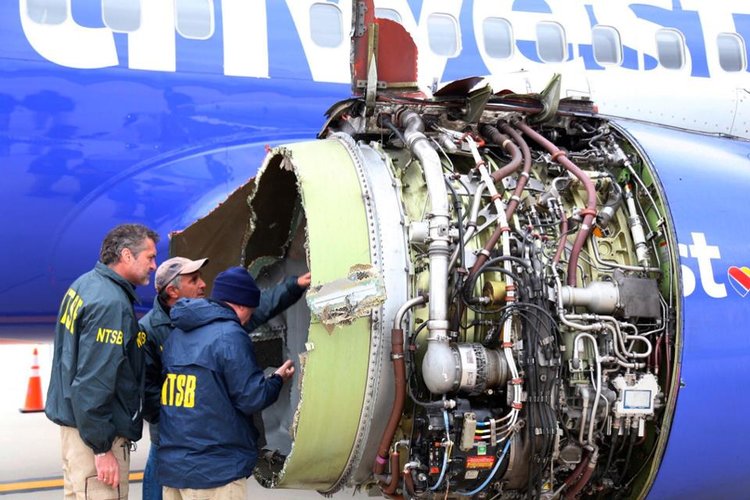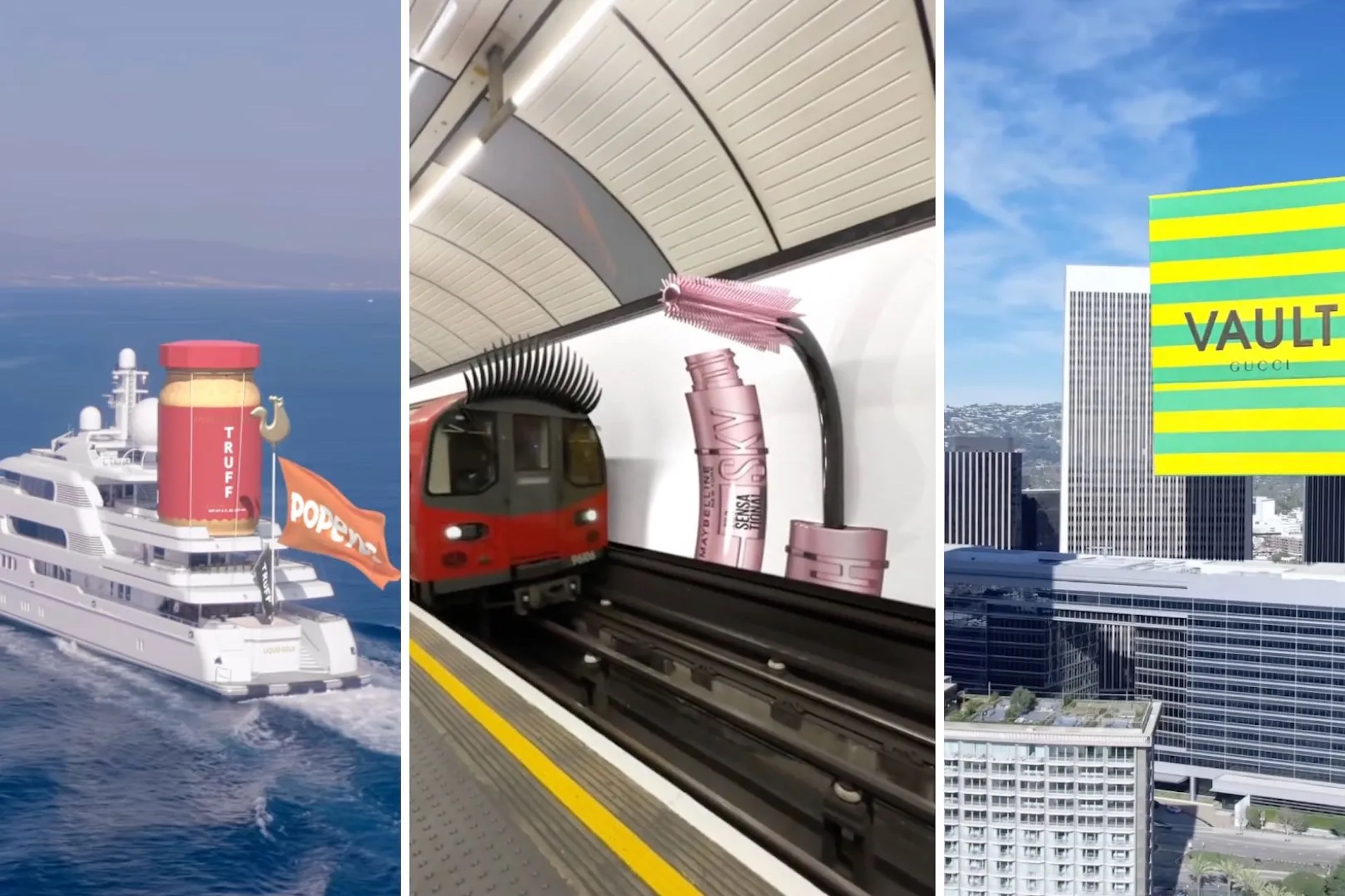Out-of-home advertising (OOH) — also known as outdoor media — is the marketing you see…
Southwest learns the hard way: For a brand with ‘heart’, quality matters, too.
Summer was on sale again in May at Southwest Airlines, whose smiling pilots and flight attendants offered one-way fares as low as $49 as part of its annual, multi-platform “Transfarency” marketing campaign.
“Low fares. Nothing to hide. We’re all about being open and honest with Customers and making sure pesky fees stay away from our low fares,” reads the airline’s website. “Yes! That’s Transfarency.®”
For decades, Southwest Airlines led the nation’s domestic carriers as one of the most aggressive advertisers, with a $218MM advertising budget in 2015. Its front-facing public relations and brand strategy projected an image of the nation’s most consumer-friendly airline with a family-style employee culture. The investment paid off with good press and high returns.
Until it didn’t.
When a jet engine blew apart of Southwest Flight 1380 in April of this year, breaking a window and killing a woman who was partially blown out of the plane, it resulted in the first passenger fatality on a U.S. carrier since 2009 – and the first for Southwest in its 51-year history. “I think, like most passengers, I thought I was going to die,” passenger Matt Tranchin told reporters.
It’s a hard lesson to learn: Positive PR and brand equity doesn’t make up for operational flaws and inferior product quality. In other words, Southwest – which racked up a spate of incidents due to faulty maintenance and substandard quality assurance – shows us what happens when you skip steps to get ahead.
Nor is Southwest alone.
In 2015, Germanwings, the budget airline, removed ads featuring the line “get ready to be surprised” from London tube stations after one of its planes crashed into the French Alps, killing all 150 passengers and crew.
United Airlines, of course, has faced its own recent debacles, with security officers dragging a passenger from a flight in 2017 after he refused to give up his seat for staff on an overbooked flight. This past March, a dog died on board a United flight from Houston to New York after an attendant forced the owner to place her 10-month-old French bulldog puppy – already in a TSA-approved kennel – in the overhead bin.
“it’s a hard lesson to learn. positive pr and brand equity doesn’t make up for operational flaws and inferior product quality.”
None of this behavior evokes a “Fly the Friendly Skies” brand message.
The Aviation Safety Network reported that 2017 was the safest year for commercial flights worldwide, with 10 airline incidents accounting for a total of 44 deaths. So it’s a pretty good bet that when you take off, you will land in one piece. But rare as they are, disasters and missteps jeopardize not only an airline’s financial status in a highly competitive market, but the company’s reputation at a time when travelers are already frustrated with high prices, bag fees, and delays.
Southwest Airlines, having flown more than 18 million flights in 20 years, relies on a set of core values for market differentiation, including a warrior spirit, servant’s heart, and “fun-loving” attitude. It also employs a newly tri-colored heart logo, emphasizing its commitment to serving customers “straight from the heart.”

But caring isn’t the same thing as competence. Consider:
- In 2010, the airline kicked off film director Kevin Smith because of his weight. Southwest was forced to apologize after Smith mobilized his large Twitter following.
- In 2011, the roof of a Southwest plane opened mid-flight. Nobody was hurt.
- In 2015, a plane crash landed at Nashville International Airport and skidded into a ditch, injuring at least nine people.
- In 2016, an engine fan blade disintegrated in flight, nearly causing a crash, and technical difficulties resulted in cancelled flights.
- In 2017, a same-sex couple were denied early boarding with their children to a Southwest flight after being told they were not considered to be a family.
- This year, a Southwest plane made an emergency landing at Salt Lake City International Airport after flames appeared on one of its engines. A jagged crack suddenly appeared in a window aboard a Chicago-to-Newark 737, forcing the pilot to divert to Cleveland. Another plane experienced a “pressurization event” and made an emergency landing in Dallas.
“It made you nervous because something like this just happened,” Paul Upshaw, a passenger aboard the Newark flight, told reporters. “We didn’t know if it was going to crack open.”

In the immediate wake of the deadly Flight 1380, the carrier froze all advertising – a move executives told MarketWatch cost the airline bookings into May and up to $100MM in lost revenue. In addition, the airline’s mechanics cast doubt about its safety standards. According to Forbes, the Aircraft Mechanics Fraternal Association has, for some time, accused the airline of adopting an “ostrich-like-head-in-the-sand approach” to safety.
Only in mid-May did Southwest return to previous levels of advertising, including the current summer sale. The complete campaign also includes a video series, Behind Every Seat is a Story, which shares the imagined stories of Southwest customers.
Chris Mainz, a spokesperson for Southwest, said the summer sale did boost revenues, but not enough to overcome the scaled-back marketing. “It did generate bookings and bring traffic back to the website as intended, but not enough to offset the loss of bookings from our marketing efforts being down,” Mainz told The Washington Post in early June.
In the meantime, Timothy Coombs, a crisis communications expert at Texas A&M University, said that Southwest has to walk a fine line of reassuring customers that it’s safe to fly without reminding them of the tragedy. “You worry, ‘Well, if I talk about that now, do I remind them, because I want them to forget,’” Combs told the Post. “You want people to forget.”




